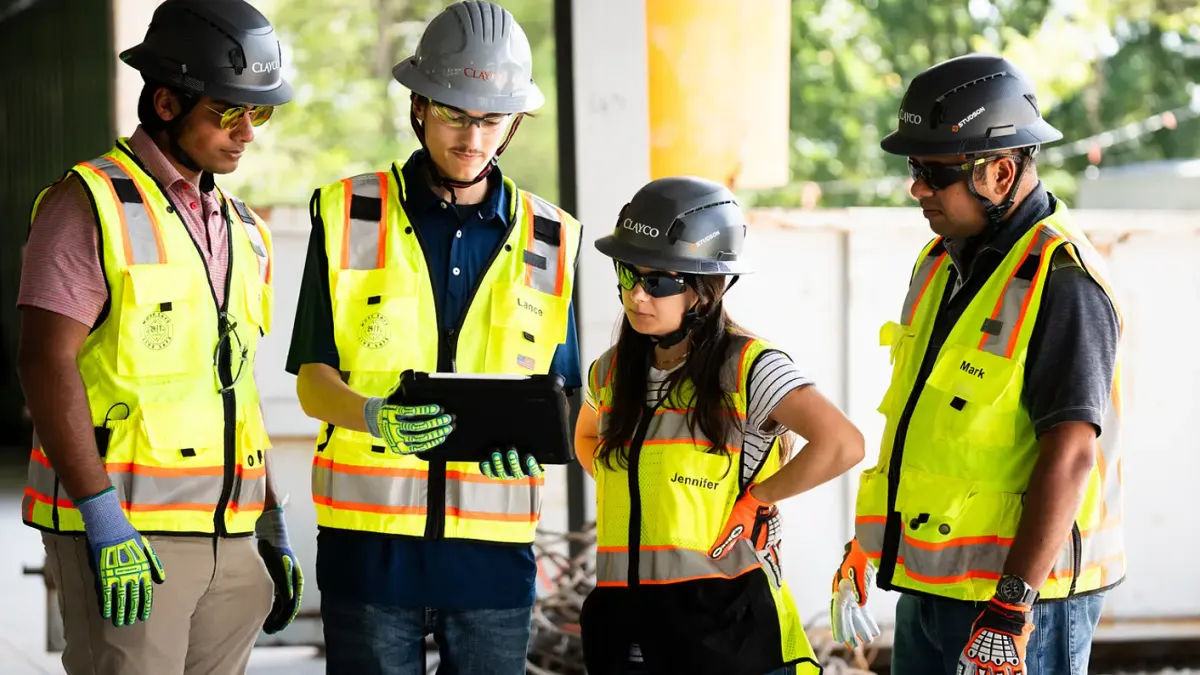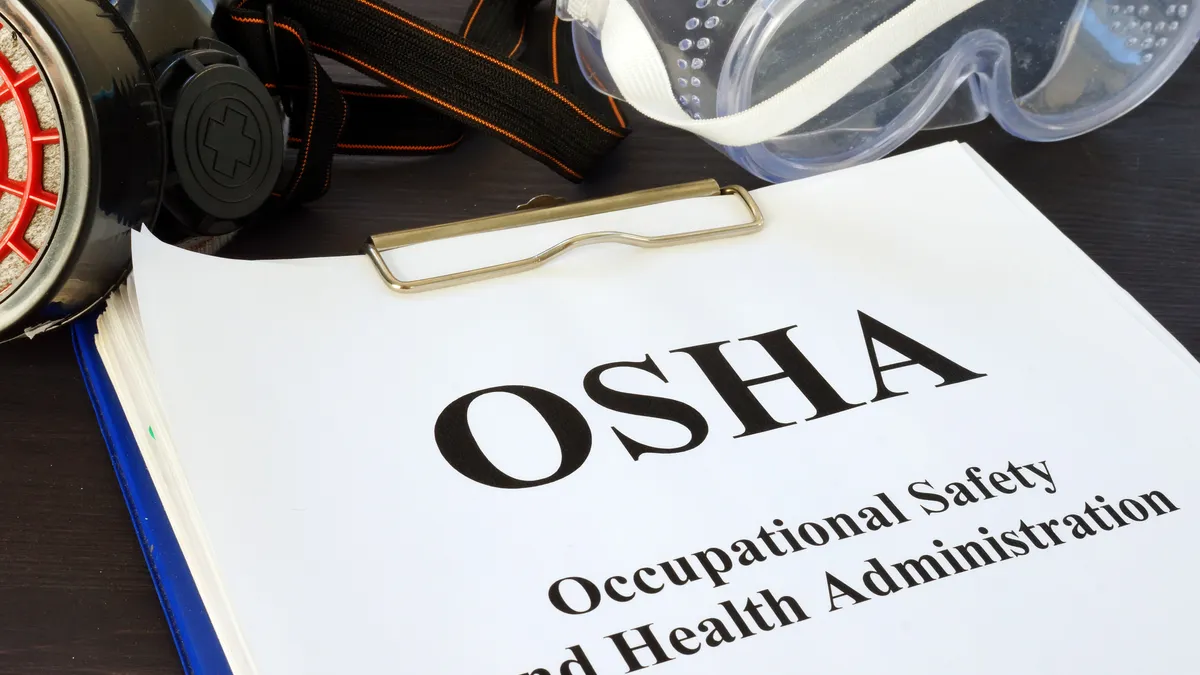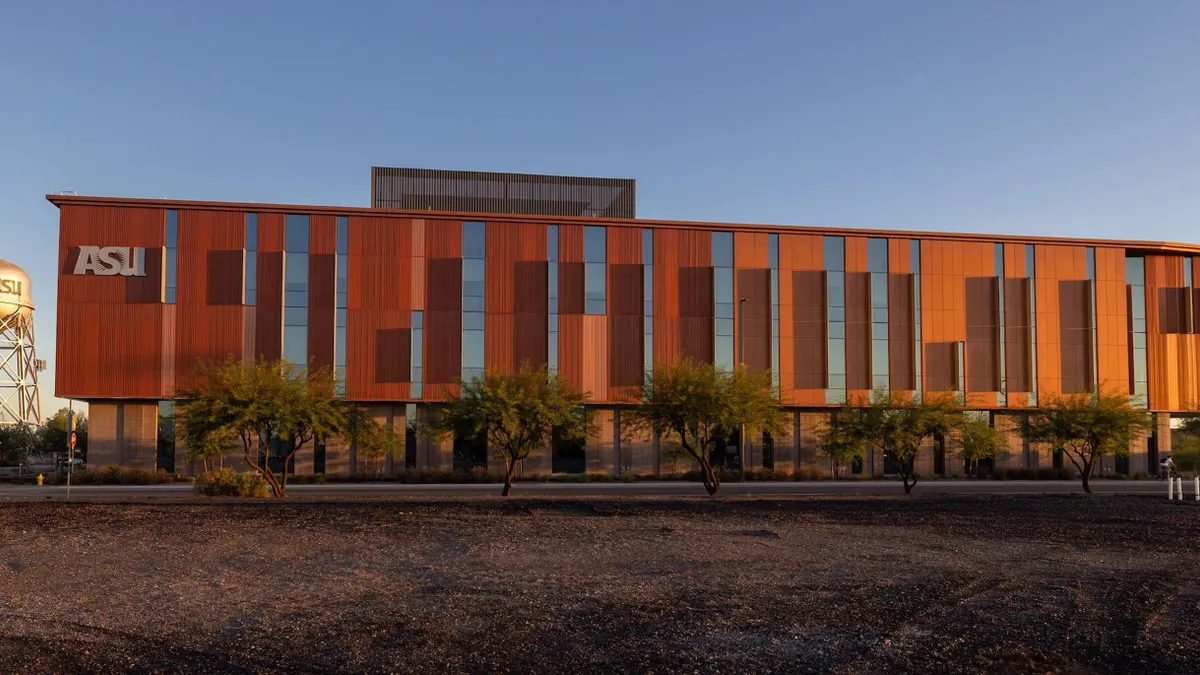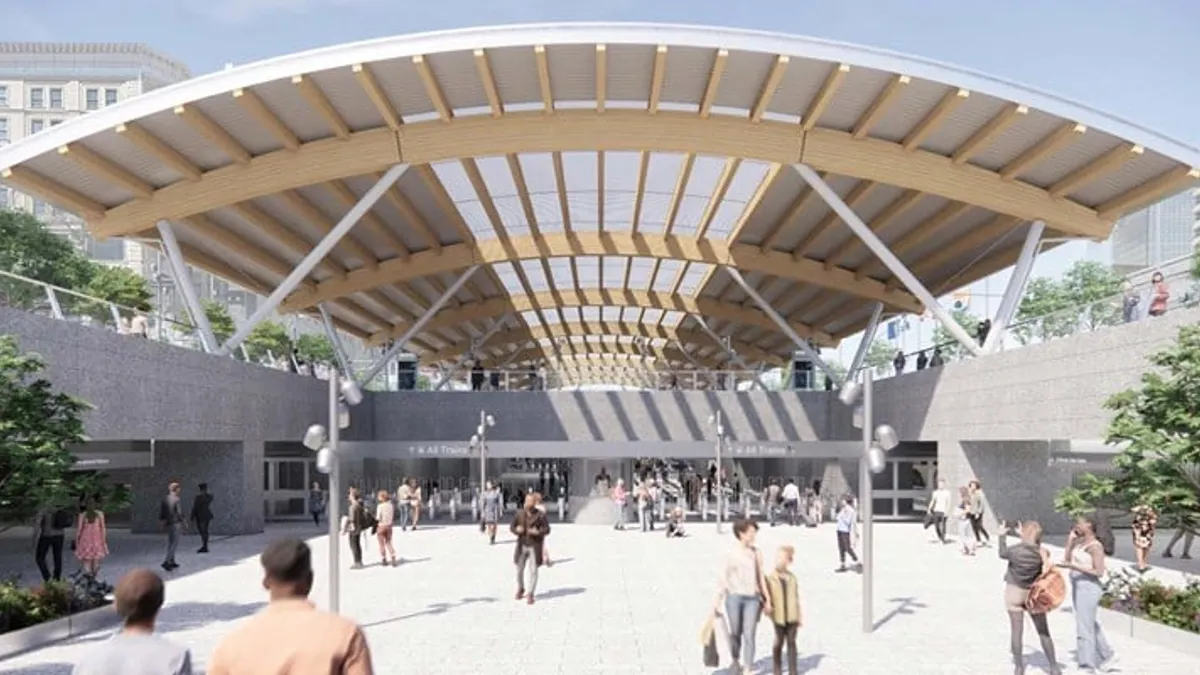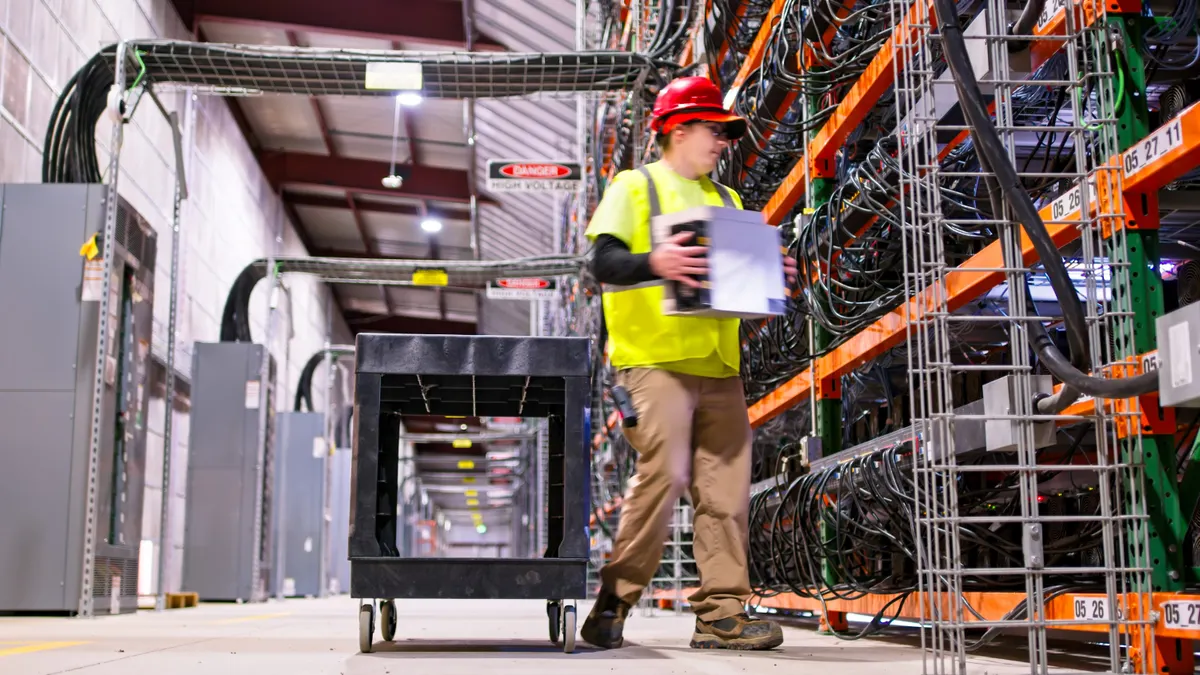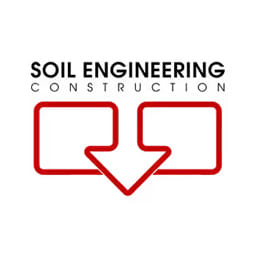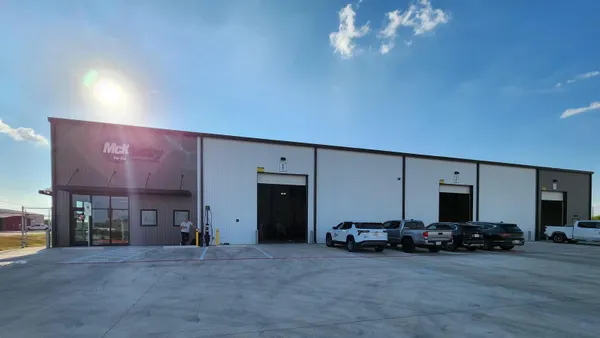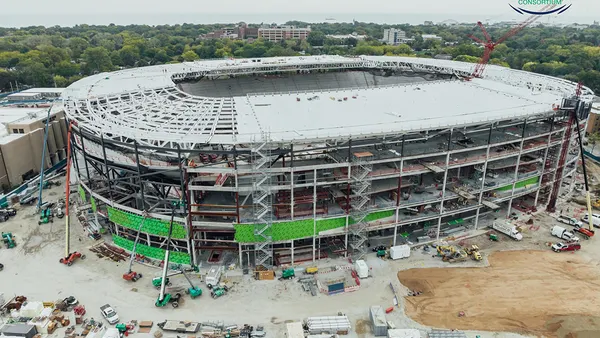The pandemic has forced contractors to get creative when it comes to mitigating COVID-19 risk on jobsites. But what happens when the jobsite is a functioning emergency department that's treating numerous active COVID-19 cases every day?
That was the job dynamic for Skanska USA when it was in the middle of Phase 1 of the Brigham and Women's Hospital Emergency Department expansion and renovation project in Boston as the pandemic hit in early 2020.
Suddenly, Skanska's team had to determine how, or whether, they could keep working safely to keep the improvements on track, on a job that had suddenly taken on even greater urgency.
Now, over a year later, Phase 1 of the project is complete, just seven weeks beyond its original schedule, with the full project expected to be finished in December.
Here, Construction Dive talks with Bryan Northrop, Skanska USA's executive vice president of building operations, to see how his team rallied to complete the job under extraordinary circumstances.
CONSTRUCTION DIVE: Tell us about the project. What was Skanska tasked to do?
BRYAN NORTHROP: The 69,000-square-foot project included the expansion and renovation of Brigham and Women's active emergency department, which has been operating since the start of construction in March 2019.
Phase 1 consisted of the expansion into 25,000 square feet of space adjacent to the emergency department and 19,000 square feet of infrastructure upgrades on the roof and throughout the facility. Phases 2 and 3 will include the demolition and reconfiguration of the existing 25,000-square-foot emergency department and a new relocated entrance.
To complete Phase 1, our team had to work adjacent to the active emergency department, and above the existing radiology department. We drilled 170 cores through the floor, and had to make sure we didn't disrupt hospital operations, included CT scans and MRI machines, operating 24 hours a day, seven days a week.
That meant working around the schedules of the hospital staff, and working nights, weekends and holidays to finish the job.
When the pandemic hit, what changed? Did you have to stop work at any point?
When the pandemic hit, former Mayor Marty Walsh made the decision to halt all construction within the city as a precautionary measure to slow the spread of COVID-19. However, because the hospital was deemed an essential building, Skanska was allowed to continue construction during that time.
In early March 2020, there still weren't any safety protocols set by the government or put in place at Skanska, so we took a two-week pause to work with our client's COVID-19 experts to design new, safe work plans for construction, which were then approved by the city and state.
At Brigham and Women's it was particularly complicated because they were treating patients with COVID-19 in the emergency department adjacent to our work site, so we had to be especially careful to make sure we addressed the unique concerns in that environment.
What did those steps entail?
To ensure the safety of everyone on the job, we switched to a staggered shift schedule where roughly only 25 to 30 tradespeople would work at a time, whereas before the pandemic, we had 70 people working at once.
That change allowed our teams to work at a safe distance, and helped ensure that everyone felt confident in the protective environment we created. This was a team-driven experience. It could only work if our team trusted us and felt safe coming to work every day.
What screenings and precautions did workers have to undergo on the job?
Skanska employees, along with Brigham staff, received daily COVID-19 screenings, access to testing, and case management with Brigham's Occupational Health Services. Eventually, our staff also got COVID-19 vaccinations.
The screening process was managed by Brigham and Women's Hospital, and all workers were required to self-certify before entering the site with a Q&A interview and temperature check. Once on site, workers were required to wear masks provided by the hospital and to document their attendance to adhere to contact tracing guidelines.
The daily workflow on our site was only slightly impacted by the modified shift schedule, and ultimately the adjustment to our completion timeline for Phase 1 was just seven weeks past the initial plan.
What concerns did workers express about reporting to a jobsite that was also an active COVID-19 response facility?
One of the biggest challenges our team faced was working alongside COVID-19 patients who were being treated at the hospital. The key to addressing any potential concerns was making sure we had our team's trust and confidence throughout the process. This was a new experience for all of us.
As we created the policies and physical safeguards we needed to ensure we could continue construction safely, we made sure we were transparent and clear with our intentions throughout.
You mentioned workers were eventually inoculated on the job. When did that happen?
In December, we kicked off Phase 2 of construction after turning over the expanded portion of the emergency department to Brigham and Women's for use. This created an added challenge because our team members now had to travel through the operational emergency department to get to the current worksite. When vaccinations started becoming available to frontline healthcare workers, Brigham and Women's Hospital was able to get their staff and all members of our construction team vaccinated early on due to the close proximity the team had to the emergency department and the potential for exposure and transmission.
What were the lessons learned from this job?
While the pandemic certainly disrupted our regular system of operating, both on the jobsite and in the office, ultimately it pushed us to think even further outside the box in terms of how we problem-solve and adapt to real-time challenges.
For example, across all of our working jobsites we found ways to accomplish group tasks with fewer people to accommodate social distancing, and created new systems for handwashing with warm water even on sites that formerly didn't have access to running water.
This job was particularly complex with new elements being added to the equation as time went on, and I'm incredibly proud of how our team responded to the challenge and the work we delivered at the end of Phase 1.
This experience gave us a new opportunity to raise our own standards when it comes to health and safety best practices, and we plan to continue learning and growing from this experience in order to improve as a firm and construction industry overall.





